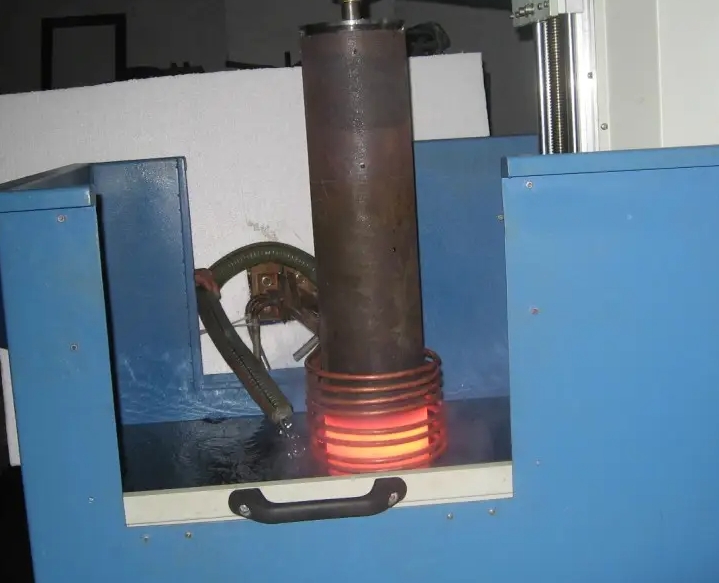- 09
- Mar
What are the classifications of heat treatment furnaces?
What are the classifications of heat treatment furnaces?
1. Bell furnace
Bell furnace is also a classification of heat treatment furnace. It is a kind of heat treatment furnace with periodic work in which the heated object is heated in the hood. It is composed of a furnace table, an inner hood and an outer hood. It is mainly used in steel Annealing of coils and stacks of sheets. The heated workpiece is placed in the inner cover, heating is provided between the inner cover and the outer cover, and then a controlled atmosphere is filled into the inner cover. After the heating, heat preservation and slow cooling processes are completed, the outer cover is hoisted away. It is cooled in the inner cover. When it cools to a certain temperature, the inner cover is also removed, and the steel coil is cooled in the air, and finally unloaded.
2. Chain furnace
The chain furnace is a conveyor belt type heat treatment furnace, and the workpiece is transported by the chain to its conveyor belt. It is a kind of heat treatment furnace classification. It is mainly used in chain furnaces for heating and normalizing thin slabs before rolling. Fitted with heat-resistant steel or “claw” made of heat-resistant cast iron. Typically, chain furnaces can heat steel up to 900 degrees Celsius.
3. Traction heat treatment furnace
The traction heat treatment furnace is widely used in the continuous heat treatment industry of silicon steel, tin plating, stainless steel and galvanizing of cold rolled strip. In recent years, the traction heat treatment furnace has also been used in the annealing of deep drawing steel strips. Traction heat treatment furnaces can generally be divided into vertical and horizontal types: vertical types include single-pass (vertical furnace) and multi-pass (tower furnace); and horizontal types are also divided into these two types, single-pass (straight through horizontal furnace) ), multi-pass (folding furnace). Compared with the bell-type furnace, the traction type heat treatment furnace has the advantages of short construction period, good product quality, less land occupation, and higher degree of automation, but the equipment is also more complicated.
4. Steel wire lead quenching furnace
Patenting is also transliterated from English as “baking blunt” furnace, which is a kind of traction heat treatment furnace, which is used for heating steel wire before isothermal quenching in lead bath. The heating temperature is 870~970℃. There are three types of furnaces: muffle type, open flame type and electric direct heating type. In addition, pit furnaces are often used for heat treatment of long workpieces and wheels, tires, etc. Bath furnaces are widely used in heat treatment of small parts that require uniform, rapid heating and prevention of oxidative decarburization.
5. Roller hearth furnace
The heat-treated material is transported by the roller table in the furnace. A roller is installed at a certain distance along the entire length of the furnace. The material runs on the roller. Burners can be arranged in the furnace above and below the roller for heating. There are two types of rollers: ring rollers (with disc-shaped roller rings) and flat rollers. The former can only be used to heat plates, and the latter can be used to heat plates, profiles, pipes and bars. The material of the outer sleeve of the roller is usually heat-resistant steel, and some also use silicon carbide. The furnace with high temperature (1000~1150℃) adopts water-cooled shaft and heat-resistant steel furnace roll with thermal insulation lining, or fully water-cooled furnace roll. In order to prevent the furnace rollers from bending, the rollers working at high temperature must rotate continuously; when the furnace is empty or out of material, it should also swing or rotate at a low speed of 0.5~1.5 revolutions per minute. The roller hearth furnace is widely used in heat treatment processes such as normalization, annealing, quenching, and tempering because the material is heated on both sides, and the heating is faster and more uniform.

